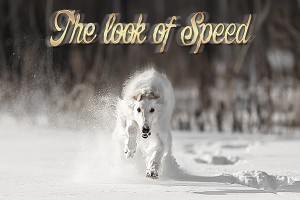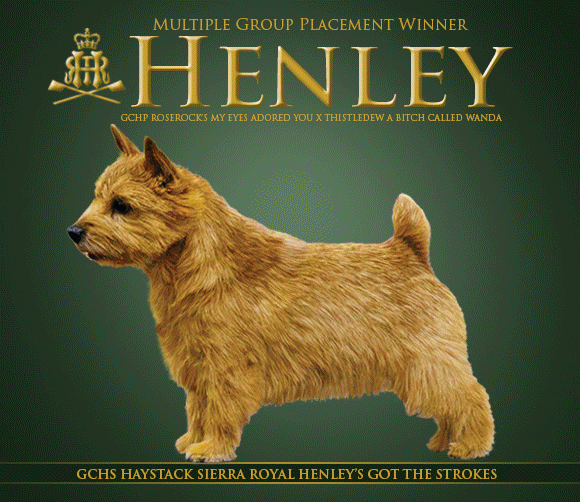The Look Of Speed
Click here to read the complete article
88 – April, 2024
 By Caroline Coile
By Caroline Coile
From 2000 to 2007 a group of Borzoi fanciers collected data from more than 200 Borzoi in Europe and North America, seeking to correlate various anatomical features with speed. True, if predicting speed from anatomy were an exact science, racing greyhound wagerers would have come up with a formula long ago. It’s well-known that many of the factors most involved with speed are internal physiological factors such as the heart’s ability to pump, or the composition of the blood, or the type of muscle–none of which is externally apparent. Yet, sighthounds share an inimitable outline that is so associated with speed that it’s simply often referred to as “racy”–a slender, narrow build with lighter bone, deep chest, pronounced tuck-up, arched loin and comparatively steep croup compared to non-sighthounds. Anyone who competes with their sighthounds in both the ring and field would like to know if form does indeed predict function, and if so, which aspects?
Although this study, led by Borzoi breeder Anne Midgarden, D.V.M., was specifically aimed at Borzoi, there is much that can be shared with other sighthound breeds. Sighthounds have in common that they employ the double-suspension gallop to achieve great speed in order to overtake their prey, using sight as their primary sense when hunting. While agility, endurance, strength, intelligence and tenacity are also valuable when coursing, speed has the advantage of being easily measured and quantifiable; and speed, more than any of these other traits, defines sighthounds. In fact, the word “borzoi” means swift in its native Russian.
The Borzoi used were from 2 to 6 years old, in excellent health, with bitches not within 30 days post heat cycle (as this is usually associated with slower speeds). Of more than 400 Borzoi initially included, 191 qualified to be included in the study (a second study added more numbers). The majority of those that did not qualify were excluded because they failed to run hard after the lure.
Using the AKC and FCI standards as their guide, the group measured anything the standard mentioned that could be measured. This included height at withers, leg (height at elbow/height at withers), chest (width of chest/depth of chest), width of loin, tuck-up (depth of tuck-up/depth of chest) width of rear, percent loin (length of loin/length of back + loin + croup), length of croup (length of croup/height at withers), ear set, bone (width of foreleg/depth of foreleg), foot (length of foot/height at withers), skin elasticity, angle of croup, angle of hock, angle of shoulder, angle of pastern, and rear symmetry (dogs with rear angle greater than croup angle versus dogs with rear angle less than croup angle).
Before reading on, stop and choose the five measurements you think would most predict speed, and the five you would think least predict it.
Click here to read the complete article
88 – April, 2024

Short URL: http://caninechronicle.com/?p=284081
Comments are closed











